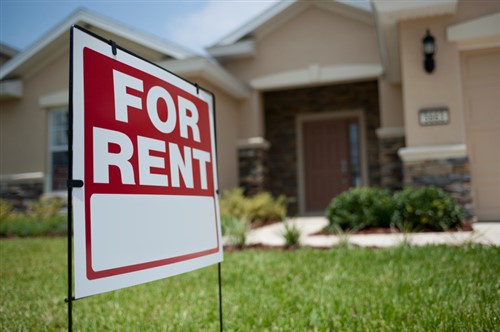The first domino has fallen.
A rental housing task force struck by British Columbia’s provincial government has repealed part of the maximum allowable rent increase formula landlords use, sparking fears that waning revenues will plunge their buildings into disrepair and discourage further investment in purpose-built rentals, of which there’s a dearth.
Under the old formula, landlords charged 2% plus CPI, which will amount to 2.5% in 2019. Landlords can now only charge CPI increases per annum, and based on public musings this week, the task force might not be done, says the CEO of LandlordBC.
“Moving to a basis whereby rent control would be tied to the unit versus the tenant would be catastrophic,” David Hutniak told CREW. “That would put the nail in the coffin for the ability of landlords to continue investing in their properties and provide safe and secure rental housing. Why would anybody build purpose-built rentals anymore? Ultimately, we can only charge based on what local incomes can support, so there’s a bit of a misperception that it’s some big cash grab—it’s not.”
A LandlordBC report determined that landlords’ costs drivers far exceed revenues and that including CPI in the maximum allowable rent formula is crucial, despite it still falling short of operating costs.
Liberal MLA Todd Stone both criticized the rent formula’s amendment and called on the government to improve housing supply. Housing Minister Selina Robinson acknowledged that developers face big hurdles and that the government expects to review the approvals process.
“It hasn’t been reviewed in decades and decades, so that’s another place where we’re going to be looking to identify ways that we can speed up approval processes so that we can get these developments to fruition much sooner,” she said.
However, that won’t solve the rental supply crunch, and the government’s latest move to eliminate 2% from the rent increase formula will exacerbate an already glaring issue, claims Hutniak. He, moreover, believes that tenant advocacy organizations should collaborate with groups like LandlordBC in a bid to raise the vacancy rate.
“Ultimately, renters are suffering here in British Columbia because we have a supply crisis,” said Hutniak. “If we had a vacancy rate of 3-4%, it would be good for everybody, but this idea that crushing landlords to help renters doesn’t work because all future renters won’t be so fortunate. The supply crisis will continue indefinitely and that, unfortunately, is being lost in the conversation here. Our government knows that; it’s acutely aware we need more supply.”
With Files from The Canadian Press
Neil Sharma is the Editor-In-Chief of Canadian Real Estate Wealth and Real Estate Professional. As a journalist, he has covered Canada’s housing market for the Toronto Star, Toronto Sun, National Post, and other publications, specializing in everything from market trends to mortgage and investment advice. He can be reached at neil@crewmedia.ca.









